|
Now, more than ever, the importance of planetary health is made apparent as a viral pandemic sweeps over the earth. Due to events in one area, our whole planet has been affected. It is critical for us to understand that all life on earth is connected, and the activities of humans can have far-reaching repercussions. Planetary health has been defined simply as “…the health of human civilisation and the state of the natural systems on which it depends.” Harvard University defines it as "...a field focused on characterizing the human health impacts of human-caused disruptions of Earth's natural systems." This means that we humans are dependent on the health of our planet and all of the natural systems in it. If the planet is sick, then we too, become sick. How does this apply to us as individuals? Well, by recognizing that we exist in a complex living system, full of unique smaller systems that act in concert, rather than in isolation, we can take responsibility for the health of our home and our species. Things like climate change, spread of disease, and species extinctions are symptoms of how we interact with our home. We focus on local change here at Non Toxic Communities - particularly in regard to landscaping practices at the neighborhood level. This is more manageable than trying to tackle an issue from the top down. When implementing a municipal policy, the effects are immediate in that an ongoing source of toxic exposures and pollution have ceased. That's the thing about human-caused disruptions - they are within our control. During this pandemic, there are things we do have control over like staying home, washing hands, and wearing masks. These help slow the spread of SARS-CoV-2, the novel coronavirus which emerged due to human interactions with wildlife and our natural world. While this is an urgent issue that needs our attention, let us not lose sight of the big picture with regard to other urgent issues like climate change, biodiversity loss, and pollution that create problems like COVID-19 and can actually make it worse. The stressors on our species and natural systems add up, so the more we can do to address the straightforward issues that degrade our environment and harm our health like synthetic pesticides and fertilizers, gas engine pollution, synthetic turf, and habitat loss, the healthier and more resilient our communities will be. Check out our Tools for Change for free resources to get started to protect your community's health. And, of course, stay safe and be well! We tend to think of pollution as an industrial problem, visualizing images we see in the press of smokestacks billowing into the sky, buried metal drums with hazard symbols, or pipes discharging toxic chemicals into a river. But there are sources of pollution much closer to home. Luckily, these sources are relatively easy for us to address. There are several areas we can target inside our houses and our own communities that can make a meaningful reduction in air, soil and water pollution, and improve quality of living. Starting with our own property, we can focus on these four key areas. ✅ The Lawn The typical American lawn can be an astounding source of pollution - but it doesn't have to be this way. While an excessively large, conventionally maintained lawn can be toxic and a major drain on resources, by changing the way we care for it, it can become a beneficial part of the landscape. 1. Shrink the lawn. How much lawn do you really need? How much lawn do you really use? By making sure that our grass areas are an appropriate size, we reduce the environmental impact of our landscape and save time and labor. 2. Go organic. Hire an accredited lawn care company, or do it yourself, but make sure to eliminate the use of pesticides on your lawn. You can also allow your lawn to go au natural, only applying compost for fertility and over seeding in fall while implementing good cultural practices like mowing high, leaving clippings, etc. ✅ Landscape & Garden Equipment According to the California Air Resources Board, "the small gasoline engines found in lawn mowers, leaf blowers, and other power equipment pollute at a higher rate than other equipment and vehicles." They recommend a major shift to zero-emission equipment. A simple way to cut down on this significant source of pollution is to swap out gas equipment for electric or hand powered equivalents. 1. Use rakes & brooms. These tried and true low-tech options are efficient, affordable and help us get exercise. For small lawns, a reel mower is a quiet, zero-emissions way to manage your lawn. 2. Go electric. For big jobs, the new generation of electric equipment has you covered. Not only do they not create emissions like gas engines, but they are quiet too, contributing to both better air quality and peace and quiet. Lawnmowers, string trimmers, hedge trimmers and even chainsaws are available in electric. They offer the power you need to get the job done, without the noise and fumes. ✅ Trees, Shrubs & Flower Beds What we plant in our landscapes matters just as much how we care for them. Exotic plants popularized by the horticultural industry may look pretty but they require extra water and fertilizer, encourage pests, and don't support birds or pollinators. By using organic practices and native plants in our landscapes we can contribute to healthier soil, cleaner water and air as well as support biodiversity. 1. Plant native. While just as aesthetically pleasing as any exotic, native plants provide vital food and habitat for insects, birds and other wildlife. Native plantings have distinct advantages when it comes to water conservation, carbon sequestration, pest resistance and ecological value for declining wildlife. 2. Work with nature. By mimicking natural ecosystems in our gardens, we increase the level of beneficial insects creating a balance - thereby reducing pest pressure overall. Using organic practices improves the health of the soil creating healthier plants that resist disease and pests. ✅ Household Emissions What we use in our homes can affect both indoor and outdoor air quality in a big way. Many people are sensitive to synthetic and even natural fragrances. Triggers include perfume, cleaning chemicals and scented laundry products. Laundry exhaust ports on our homes can blast fragrance from detergents, fabric softeners and dryer sheets into the neighborhood air. 1. Use fragrance free laundry products. It's simple to switch to unscented laundry detergent and alternatives to dryer sheets like wool balls. And nothing smells better than laundry hung outside to dry in sunshine and fresh air. 2. Get a green cleaning product makeover. Unscented, eco friendly cleaning products are becoming more popular and easy to purchase. Some guides exist to help you choose safe products from EWG and Made Safe. 3. Skip the fragrance dispenser. Synthetic fragrances can trigger headaches, asthma and other health problems even in people who are not sensitive. These commercially available "air fresheners" contain untested proprietary ingredients that can harm our health. These fragrances even migrate outside the home into outdoor air, affecting our neighbors. How many of these things are you already doing? Share with others so they can begin taking simple actions to make their community healthier today!
When campaigning for safe city parks, playgrounds and athletic fields, we want to make sure our efforts are being directed toward achieving a long-term comprehensive solution. There are several reasons why focusing on one chemical, like glyphosate, isn't the best way forward. Toxic chemical whack-a-mole There are many real life examples of regrettable substitution when it comes to toxic chemicals. This is when one chemical is replaced by an equally problematic or even worse substitute. It is no different with pesticides like glyphosate. Some cities and HOAs have banned the herbicide, only to replace it with another synthetic herbicide like glufosinate, or diquat dibromide. This strategy fails to protect both public health and the environment. Other hazardous chemicals can be overlooked Glyphosate, the most widely used herbicide in the world first sold under the brand name Roundup, has received a lot of attention for several reasons. Most recently its classification as a probable human carcinogen by the International Agency for Research on Cancer (IARC) followed by tens of thousands of lawsuits against the manufacturer Monsanto, alleging that exposure to their product caused plaintiffs to develop non-Hodgkin lymphoma and that the company knew about the cancer risks and intentionally failed to warn consumers. Despite three juries finding on behalf of the plaintiffs, the link to cancer remains hotly contested and controversial. Sometime this debate overshadows the concerns of scientists over the effects of the chemical beyond just cancer. While the news about glyphosate has been most welcome in the sense that it has created a lot of public awareness, it is also something of a double edged sword. Ideally glyphosate should be held up as a case study of how the federal regulatory system is failing to ensure that public health and the environment are protected. Unfortunately, the reality is that the proportion of media reports, and even some less than robust scientific papers, have led to a disproportionate amount of attention on Roundup, while equally or more toxic chemicals continue to be used in large amounts in our landscapes with little scrutiny. Civil Eats reported that the organic yogurt company "Stonyfield commissioned a survey last year which showed that while 69 percent of American parents are looking to lessen exposure to pesticides in food, nearly the same number of parents (67 percent) do not consider sports fields, playgrounds, or parks to be of concern." So even with all of the news reports about glyphosate based herbicides, a significant number of people are still not really aware of what's being used in our landscapes. When it comes to turf grass areas like athletic fields, it's not Roundup being sprayed (because that would kill the grass) but "selective" herbicides like 2,4-D which is usually found in combination products like SpeedZone for instance, are typically used. Insecticides like imidacloprid, a neonicotinoid, and fungicides are also used. The use of these synthetic pesticides are at least as worrisome as the glyphosate being sprayed along fence lines, flowerbeds, and on hardscapes. Advocates can end up having to do the work all over again If we were only to ban one type of pesticide product at a time, we would not achieve what we are really looking for - landscaping practices that do not rely on any toxic pesticides. Organic landscaping helps protect the environment and public health because it is a comprehensive approach to landscape management, not simply a product for product swap. The focus shifts to organic inputs that improve soil health, and good cultural practices to manage weed and pest pressure. As advocates your time is valuable, and your hard work is best spent on a strategy that eliminates the use of all toxic pesticides, rather than just one. This is why we don't want you to ban glyphosate, but rather use your time and energy to run a campaign that brings in safe, reliable, organic solutions. To learn more about organic landscaping, visit the Organic Land Care Project. Check out our Tools for Change to get started with a pesticide reform campaign in your community. Our landscapes are an overlooked opportunity to halt and even reverse some of our pressing environmental crises. Here are a few simple things we can all do to fight climate change, insect and bird declines, and make our yards a more diverse habitat that contributes to a healthier planet.
Feed the soil Soil is not just dirt, it's a living ecosystem. Synthetic fertilizers and pesticides harm the biological life inhibiting its ability to store carbon, retain water, and nurture plants. U.N. scientists say that soil is a big part of the solution to climate change, but, “We have lost the biological function of soils. We have got to reverse that.” When you use organic landscaping practices you improve the soil's ability to sequester carbon and filter and recharge groundwater. This also leads to water conservation and healthier plants with less pests and disease. Make friends with the natives Habitat loss as a driving factor in catastrophic insect declines. We can repopulate local species by planting native plants. These are the plants that co-evolved with our pollinators and other beneficial insects and they rely on them to increase their numbers - think Monarchs and milkweed. The caterpillars that these plants produce are vital food for bird reproduction. Baby birds eat thousands of caterpillars! Native trees can host hundreds of caterpillars and provide shelter to many types of wildlife. They help sequester carbon too. No yard? No Problem. Even for those of us who may not have much (if anything) in terms of a yard, we can still make a difference in our communities. By campaigning to stop the use of toxic pesticides and implement organic practices, advocating for natural grass playing fields, encouraging a switch to electric and solar powered landscaping equipment, and volunteering to add pollinator and bird friendly native plants to our parks and schools, we can make a difference. Whether we have a large or small space to work with, each one of us can participate in being part of the solution. In terms of serious threats to our environment, most people don't immediately think of plants as something to include. That's because humans don't typically look at plants with their ecosystem functions in mind. Plants have been collected and imported that have ornamental qualities or other useful traits over the centuries, but we have learned that even though they may appeal to us, some of them grow differently outside of their native range. These plants are classified as being invasive. Invasive plants are defined as, "A plant that is both non-native and able to establish on many sites, grow quickly, and spread to the point of disrupting plant communities or ecosystems." Not all non-native plants are invasive, in fact most aren't, though they don't provide the same ecosystem services as native plants do. Researchers have found that Carolina chickadees require an area with at least 70% native plants to keep populations steady. This is where the harm from invasive plants come in - decades of research have shown invasions have the ability to alter ecosystems and displace native plants. They are a major and growing cause of population-level and species-level extinctions. Rigorous evidence demonstrates the ecological harm caused by these plants that humans have moved outside the region they evolved in. This isn't the plants fault of course, and they aren't inherently bad or evil. All invasive plants are a vital food source for the insects and wildlife that they co-evolved with in their native range. These organisms evolved and adapted over millions of years. Our planet is a complex system made of billions of different organisms - these are not interchangeable like lego blocks. It is not the plant's doing, but the human disruption of this balance that is the source of the problem. Invasive plants are unquestionably a problem and they do need to be managed. Unfortunately, many are quick to reach for the toxic herbicides as a first line of defense. As pesticide reform campaigners, we want to encourage prioritization of the non-chemical methods that are available. One way we can do this is by meeting local habitat restoration folks where they are at and focusing on common goals. However, the promotion of myths around invasion biology, or even outright denial of invasion science will definitely not gain more allies in our fight against the cosmetic use of toxic pesticides in our communities. It will absolutely hurt our credibility, and not result in a positive outcome. In fact, promotion of myths or baseless criticisms can indirectly cause the use of more herbicides. How? As it is, not nearly enough people are removing the invasive plants in their landscape simply because they are uninformed about the problems they cause. But by actively engaging in apologetics for invasive plants, we encourage people to become even less likely to remove them from their landscapes. Without removing these plants, they spread to wild areas, increasing herbicide use. This is one of many reasons why we strongly encourage people to plant natives, and remove invasives in their landscapes. Both camps clearly care about our ecosystems and wildlife, so we need to use this common ground to work together to find non-chemical solutions whenever feasible. A few ideas: Organize a volunteer effort to pull invasive plants. Not only is this a learning experience, but it can gain a lot of good will from land managers who do employ herbicides and open a channel of communication to help support each others goals and reduce the use of chemicals. Encourage landowners to remove invasives and provide education to the public about organic management methods. Turn (invasive) lemons into lemonade. Look for ways to use the invasive plants that are removed from the landscape. They can be made into paper or other goods, many are edible and others can even be made into medicine. Remember to be clear to encourage their full removal for harvest, not their propagation. Promote and trial non-chemical methods like goats, and mechanical removal. By following the science, thinking outside the chemical box, and presenting ourselves as allies not adversaries, we can work together to manage invasive plants and restore biodiversity in our communities. Suggested reading: So Why Don’t You Use the Chems, Mike? Ecological Land Management With Goats Bringing Nature Home If someone were to pull out a pack of cigarettes, smoke one in front of you and then when they were done, proclaim that this proves tobacco products are safe, you'd think they were pretty crazy right? Yet, this exact same type of argument is regularly being used to defend the use of toxic pesticides - most often seen with glyphosate. When approaching decision makers about toxic pesticide use most advocates, if not all us, have run into some form of acute toxicity comparison with pesticide products. LD50 (lethal dose 50%), or the median lethal dose, is the measure used to account for the acute toxicity or short-term poisoning potential of a substance that when given at one time causes the death of 50% of a group of test animals. These measurements help determine the signal word on a pesticide product; CAUTION, WARNING and DANGER. These signal words are useful to the person applying the pesticide, but they do not account for the risk of long-term chronic exposure to pesticides which is the main focus of community concerns. And yet, when discussing this issue, groups have received promotional literature from the manufacturer, or are presented with lists of acute toxicity comparisons from pesticide industry trade groups like this one to help "ease" their concerns. This graphic is lying to us with facts - while the acute toxicity of these substances are correct, comparing them like this is very deceptive. This is a clear example of false equivalence. Salt, also known as sodium chloride, is an essential mineral that we all need in proper amounts. Nobody needs to replace Bravo, Treflan, Roundup and Pendulum when they sweat profusely. These chemical concoctions serve no function in the human body, they are classified as xenobiotics. Vitamin D is a hormone, essential to immune function. Normally our skin makes it when exposed to sunlight and we absorb what we need. Taking a whole bottle of synthesized vitamins is a very bad idea. But that doesn’t mean being exposed chronically to a little pesticide is a good idea. Dose is important, but it doesn’t make the poison, despite what you’ve heard - this is very old, outdated science. We know there are dose response curves that are not linear, for endocrine disrupting chemicals (EDCs) and substances like lead and chlorpyrifos cause harm at very low levels. There are no safe levels of exposure to some toxic chemicals like lead, or to asbestos that has such low acute toxicity it has no LD50 assigned to it. This was used as a frequent argument to prove how safe it was by the industry that sold it. Sound familiar? Another reason this argument is misleading is that pesticide products are more than just a singular active ingredient. The formulated product being sold and used on landscapes have added adjuvants - other chemical ingredients designed to help the active ingredient work better - usually listed by percentage as "other" or "inert" ingredients on the label. The actual chemical names of these ingredients are not required to be listed. The acute toxicity of the final formulated product is generally not required to be tested. In one independent study that did test it was found that Roundup was 125 times more toxic than glyphosate. The U.S. National Toxicology Program has also found the formulations to be much more toxic than the active ingredient alone. Acute toxicity is only one measure of toxic effects. It’s relevant to people spraying a pesticide, so they know what type of precautions to take and protection to wear, but it’s completely irrelevant in the context of chronic exposure. Getting back to the example at the outset, smoking is perfectly safe when you only look at acute toxicity. DDT has a very low acute toxicity but we now know it can cause breast cancer, and that the timing of exposure is a determining risk factor. Recently, Washington State University researchers have found a variety of diseases and other health problems in the second and third generation offspring of rats exposed to glyphosate. This blows the argument that glyphosate is somehow safer than table salt. So dose matters, yes, but the dose alone doesn’t make the poison - sub-lethal effects, chronic toxicity, timing, sequence of exposures, combinations of exposures, individual susceptibility and many other factors determine the toxicity of a substance. When this argument inevitably comes up, you should be armed with the knowledge to refute it and steer the conversation back to the core issue of chronic low level exposures to toxic pesticides by the public. See our Myths PDF for more. At a certain point in your campaign it will come time to meet with decision makers. This may be officials from your city or school district, or HOA board.
Regardless of whom it is that you meet with it's imperative that you present yourself as an ally, there to help find solutions, rather than someone who is simply critical of pesticide use without offering alternatives. Be sure to stay on topic during your meeting, and remember to stay politically neutral as well. Being prepared is key. Leaving officials with printed materials from your group will help them remember you, and have something to reference. Our resources page can help you find documents to include in a packet, folder, or binder. It is very important to understand that most decision makers know next to nothing about landscaping practices, and their employees or vendors will likely come back to them with the reasons they cannot change to organic methods. The staff or landscaping contractors have been trained for years by the chemical industry representatives, who have told them that the products they are using are “perfectly safe” and that there are no other viable or cost effective measures that can be employed. You will need to inform them that other cities and school districts have switched over successfully and that costs were kept in control. Include this information in your printed materials, along with alternatives, a cost comparison and studies looking at the public health and environmental risks from using toxic pesticides and synthetic fertilizers. By being prepared, using credible information, and delivering it with a positive and professional attitude you will be able to make allies of officials and begin the process of switching to sustainable organic practices just like so many other communities have been doing. If there isn't already a local group near you to join and support, a key part of changing the landscaping practices in your city, school district, or HOA is forming a strong team. Look for people with diverse backgrounds and try to include both men and women. Many times people have professional skills that lend themselves to grassroots organizing. Define roles for everyone based off their strengths. Create a social media and Internet presence for your group. This will help you gain support and share current information, as well as gain signatures for a petition. A logo can help people recognize what you are about, and make your group stand out. We can help you by providing one upon request. You are welcome to use Non Toxic Communities branding, but not obligated to. The advantage of this is that even though your group may be small, it signals that you are part of an established and successful national movement. However, a unique name may be better suited to your purpose. It's totally up to you and your team. Our purpose here at Non Toxic Communities is to support you and your group's efforts - and we believe running a group is best left up to the local advocates who know their community's unique situation better than anyone. Contact us to let us know how we can help! |
Archives
March 2024
Categories |
|
Non Toxic Communities is a 501 (c) (3) charitable organization
Nontoxic Communities Foundation, Inc. dba Non Toxic Communities Copyright © 2024 Non Toxic Communities - All Rights Reserved Site design by Bee Rooted | About Us | Contact Us |
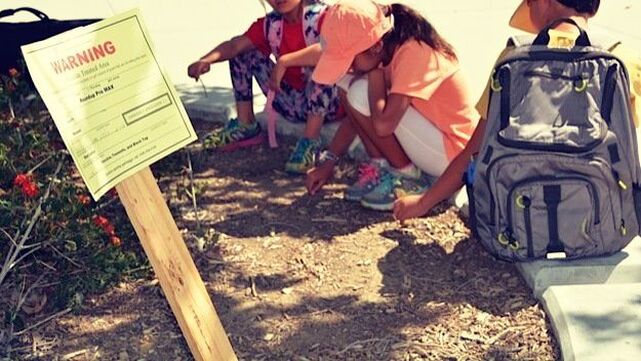

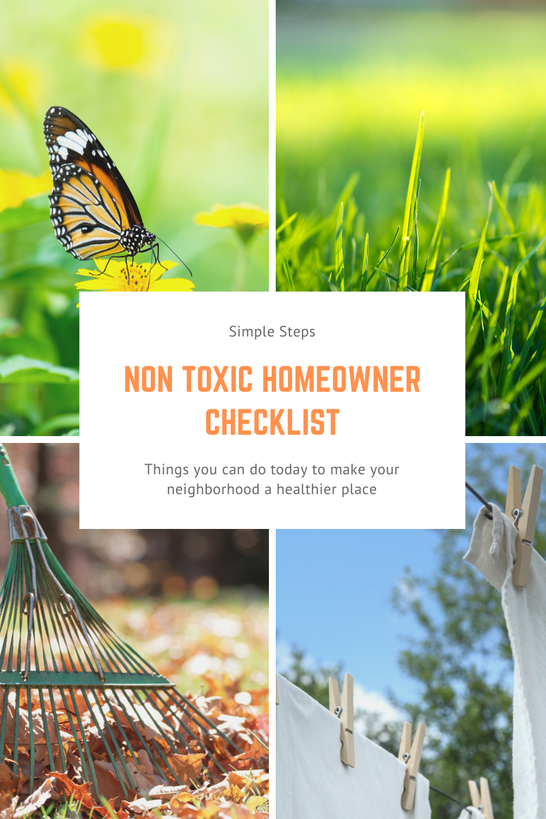
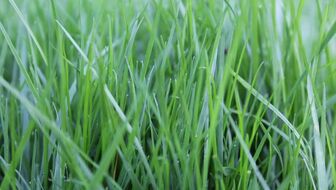
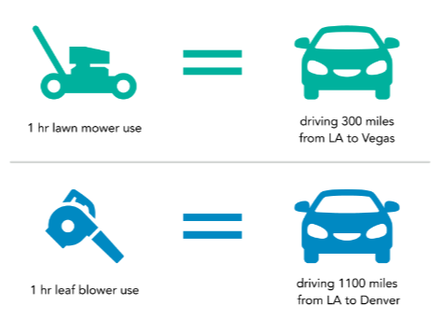

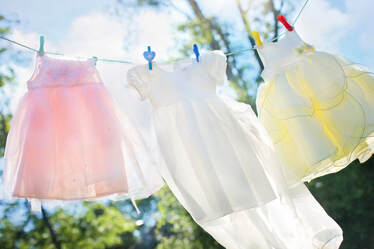
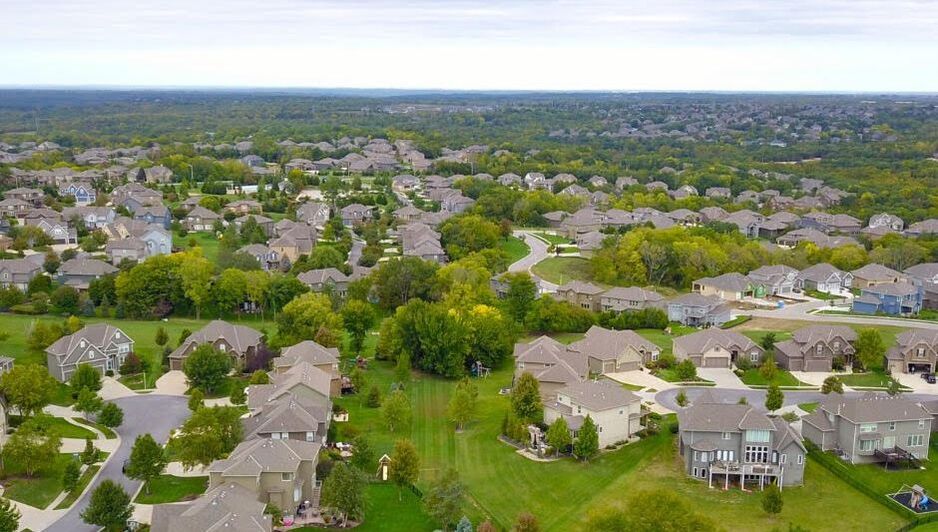
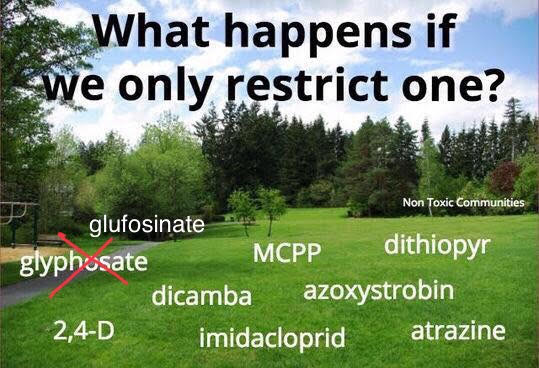
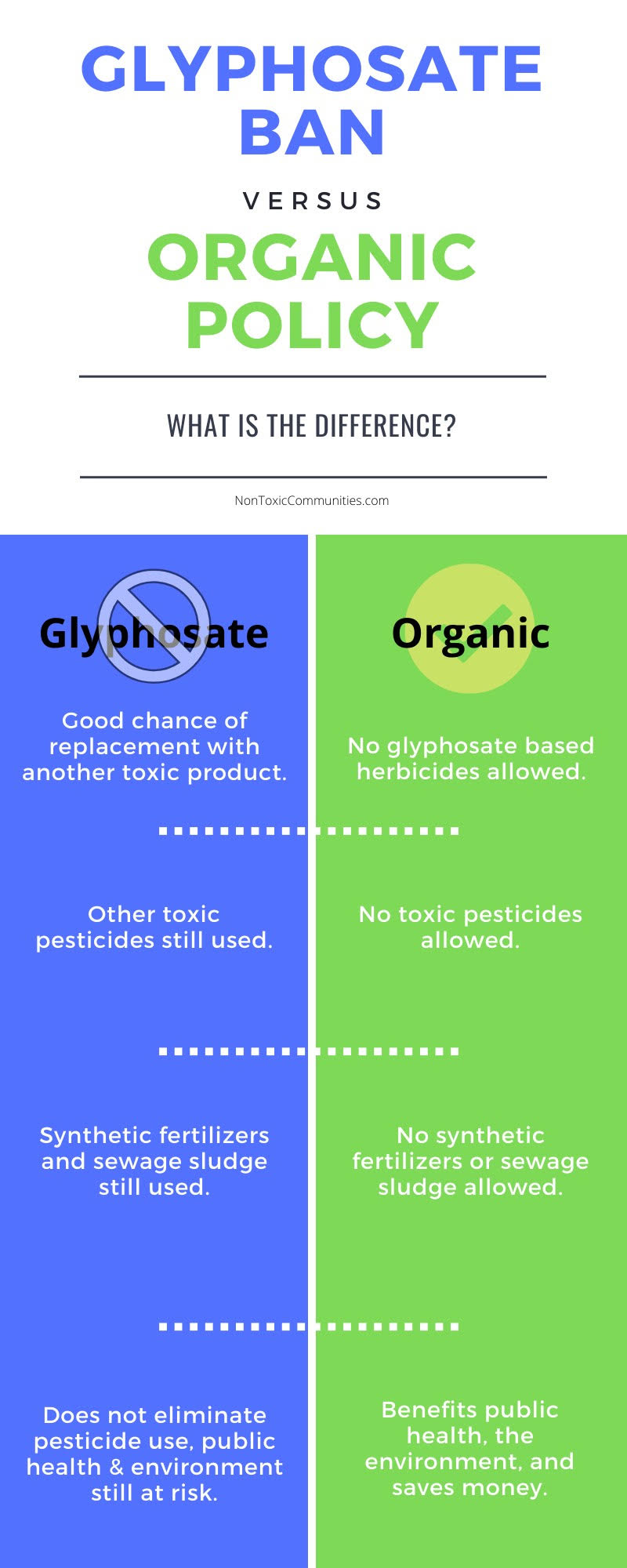
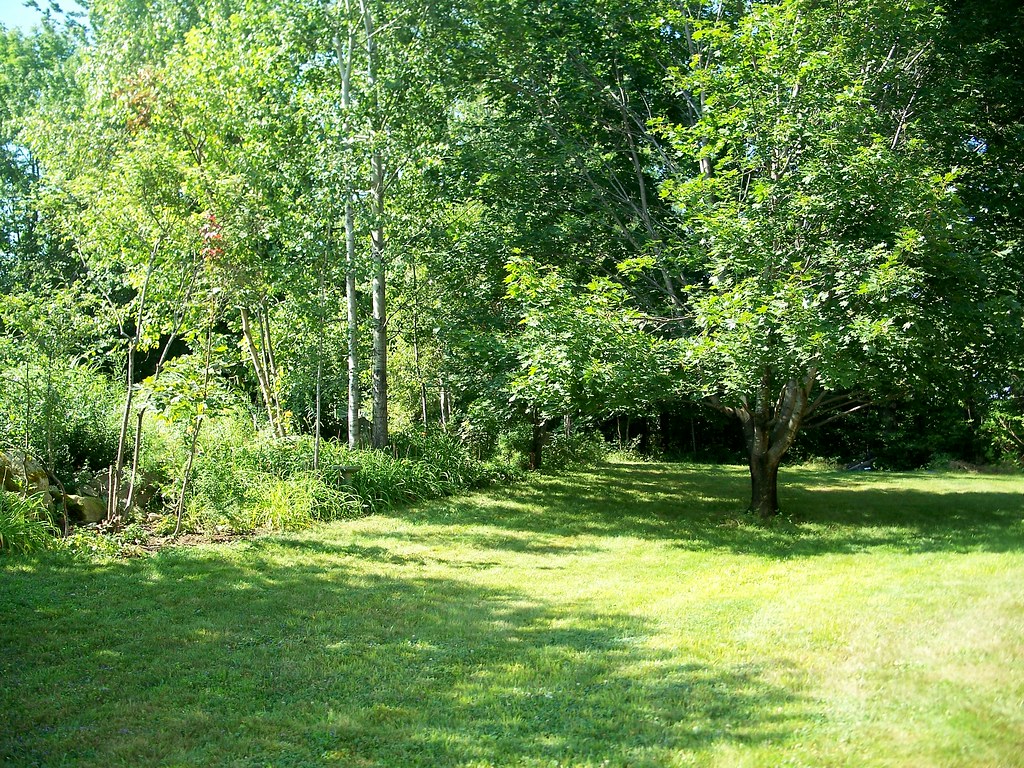
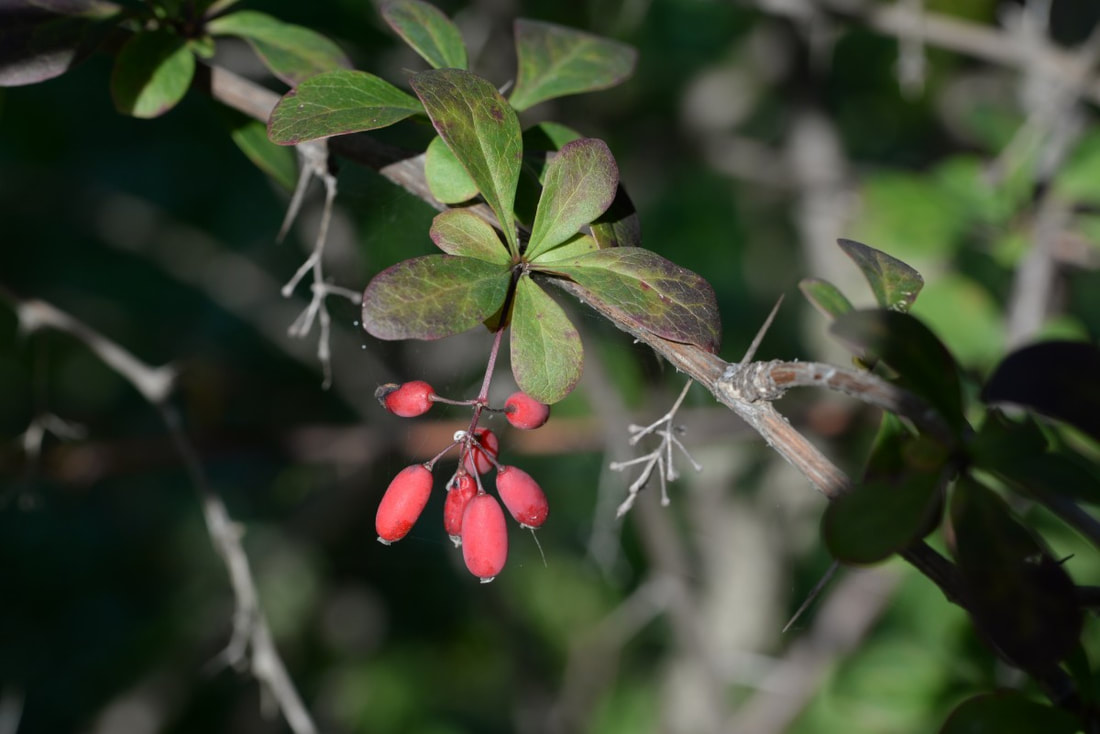
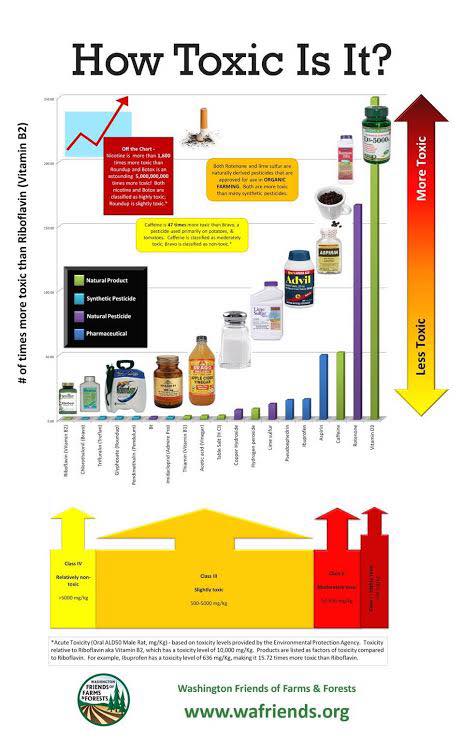


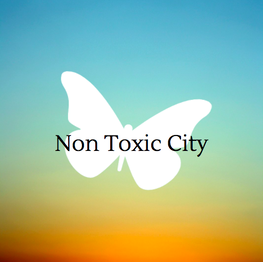
 RSS Feed
RSS Feed
